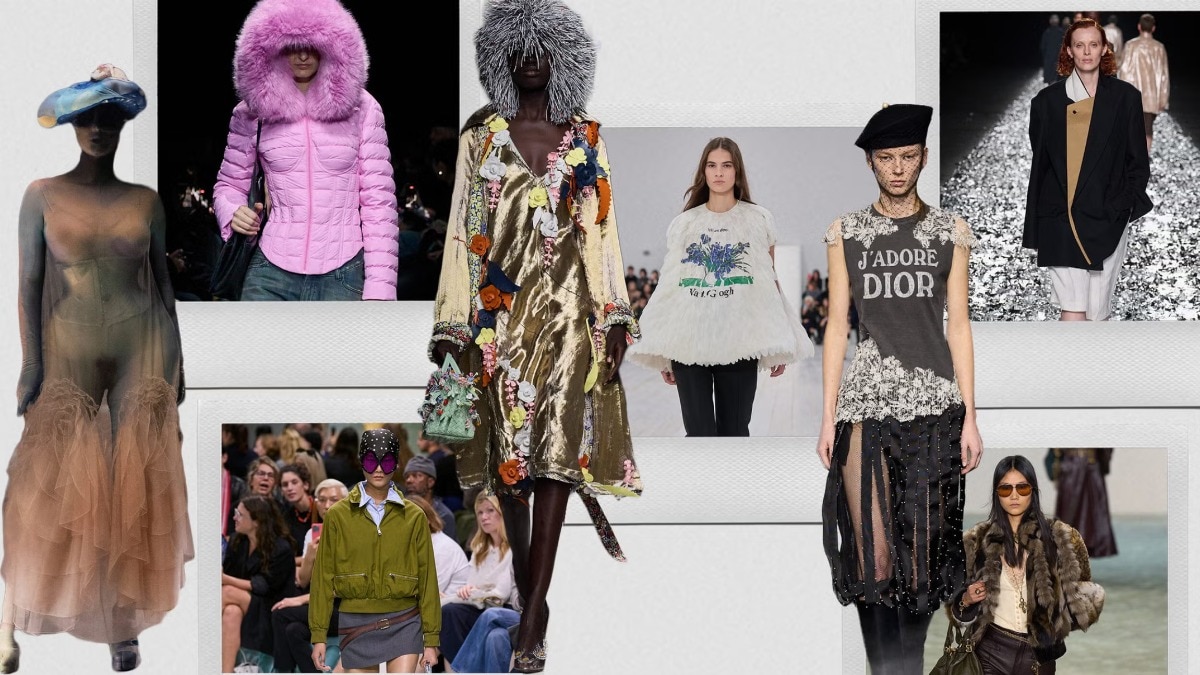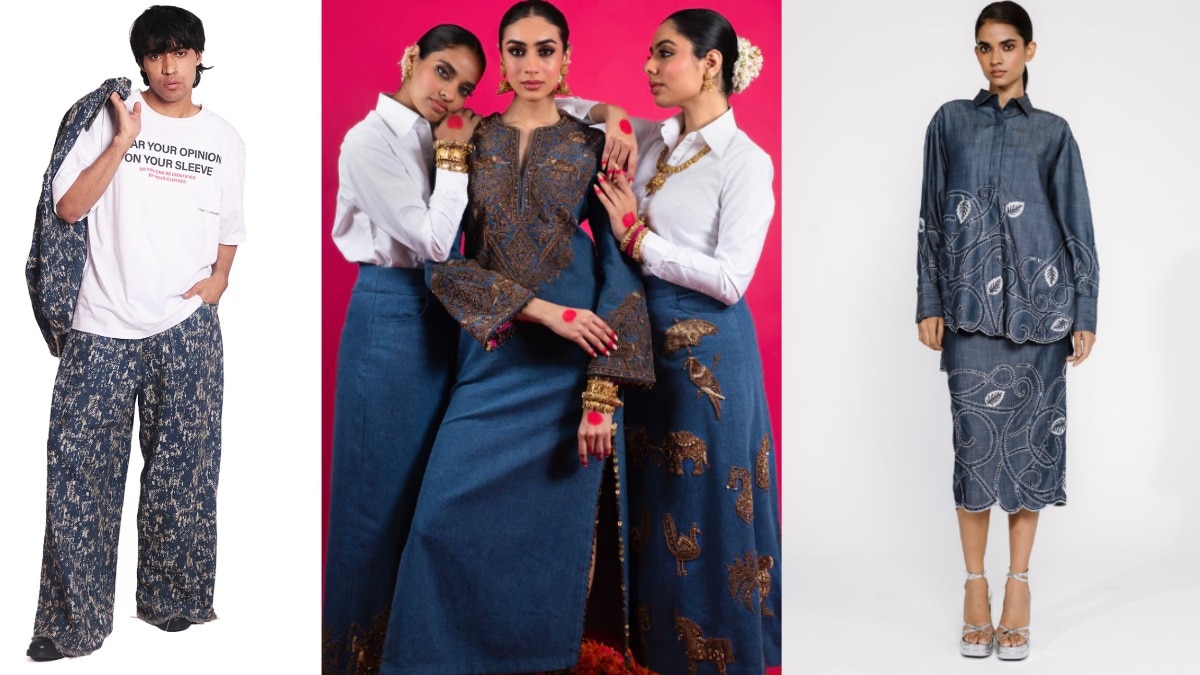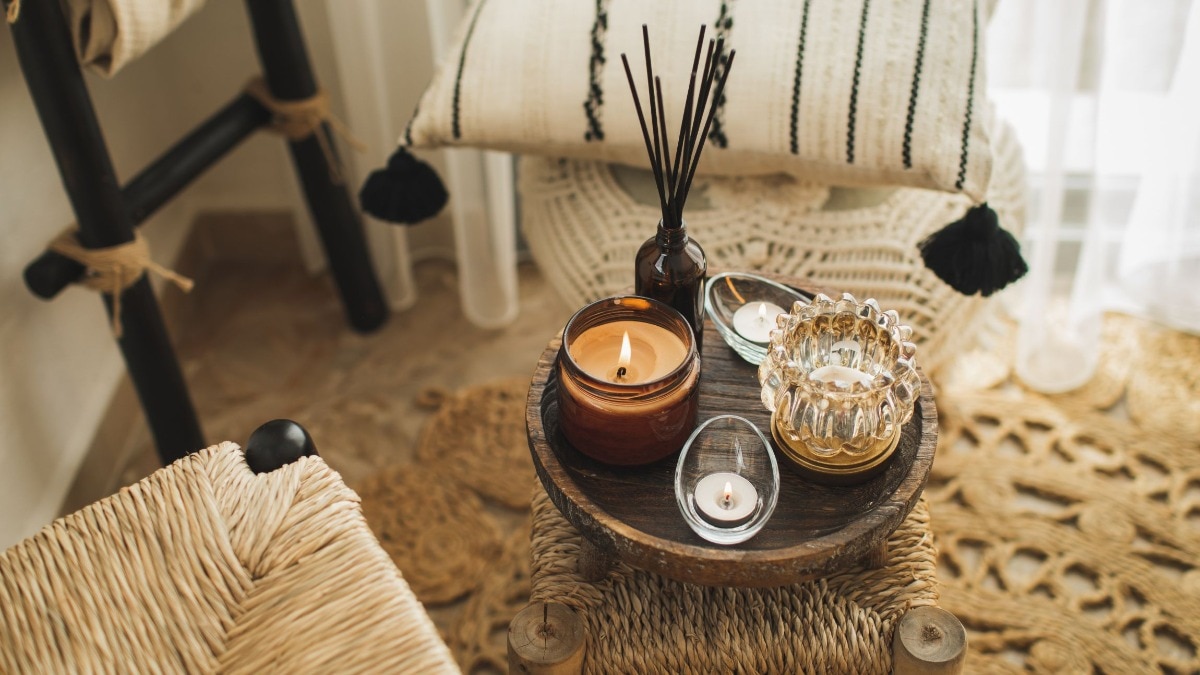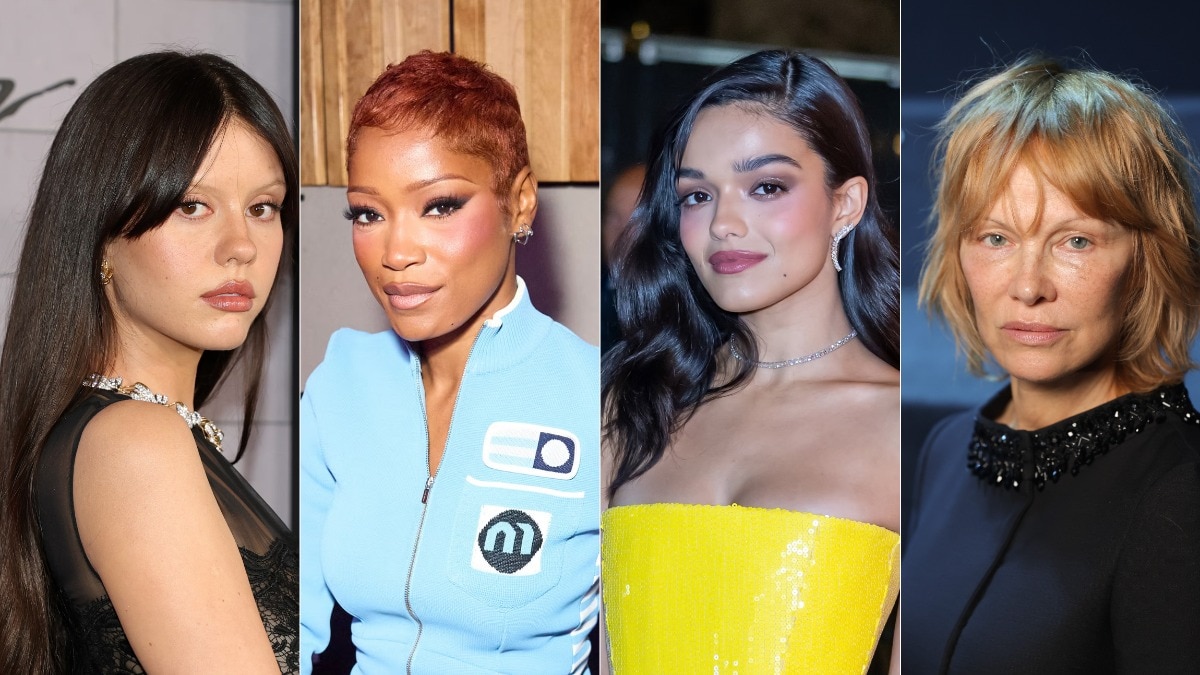All about the saree—we trace material memory and origin story of our favourite garment
Plus, we catch up on all things saree, in conversation with COO and Director, Red FM and Magic FM, Nisha Narayanan


A pixie bob cut on curly hair, sleeveless black polo neck for a blouse, and my mother’s black mulberry silk saree with gold borders, draped Gujrati style, was the first time I took a piece out of her prized collection for an outing. The occasion: last day of school, and the all-important farewell to be checked off in style. While I had worn it thinking I would be uncomfortable throughout (and was going down this route since all my friends were), all it took was two pins tucked in the right places to feel completely at ease. This first date with it, set me off on a relationship I can at best describe as, ‘as easy as a relaxed Sunday morning that guarantees no Monday blues’.
And speaking of long-lasting relationships that have stood the test of time, ours, with the saree, is a little over 5,000 years old. The first mention of the saree can be traced back to hymns in the Rig Veda from 3,000 BC and the Indus valley civilization.

While the draped garment makes an appearance on Indian figurines from the first to sixth centuries, the etymology of the word goes back to the Sanskrit word ‘sati’ which also means “a strip of cloth”. Known as ‘sattika’ in the Buddhist era (late 6th century and early 4th century BC), it was during the British period that the “yards of cloth” came to be popularly known as the saree. Worn as a single garment without a blouse or petticoat up till the third quarter of the 19th century, it was the British influence which brought in the additions. According to Rta Kapur Chishti, sari historian, textile scholar and co-author of Saris: Tradition and Beyond, it was Jnanadanandini Devi (Rabindranath Tagore’s sister-in-law) who adopted the front pleat style of wearing sarees after she saw the Parsee women in Bombay wearing it with a petticoat and blouse.
India’s rich textile and handloom legacy also lends itself impeccably to the richness of weaves and stories intertwined in the making of the garment—with each state almost prolific for a specific design, weave, motif, thread-work, drape, and even colour. With a language its own that can be interpreted in numerous ways, international designers too have spun their own renditions.
For instance, Alexander McQueen’s Fall 2008 collection played with a very Goth-centred ‘Alice in Wonderland’ vibe. Jean-Paul Gaultier showcased his Hermes Spring 2008 collection with belted sarees paired with leggings, short sarees, plus, some that were inspired by dresses. Karl Lagerfeld for his Chanel Pre-Fall 2012 collection called ‘Paris-Bombay’ presented knee-length sarees, while Marchesa’s Spring 2013 showstopper was the South Indian mundu-inspired gold and white dresses. Over the years, social media has also given saree influencers a new lease of life for their love of the garment.
It was only fitting that while talking about the whole nine yard (or four yards) we would get one of the most loved, popular and determined woman in media, Nisha Narayanan, COO and Director Red FM and Magic FM, also known for her impeccable style, to talk all things saree…
Harper’s Bazaar: What's your earliest memory of wearing a saree? Who taught you how to wear it? Take us for a walk down memory lane...
Nisha Narayanan: Like most South Indian families, we all learn Bharatnatyam and music from an early age—so starting young, I was heavily into classical music. While in school I had to often go up on stage to sing, and at the time my music teacher was a Bengali teacher who taught us Rabindra Sangeet. So, whenever we would go up on stage she would insist on us wearing the Laal Paar saree. Over time I got comfortable wearing them on stage I easily forgot about the pallu falling, or whatever else there was, just concentrating on singing. I was in class sixth when I started wearing my mum’s sarees. And like everyone else would say, my mother taught me how to wear it! I remember when she would drape a saree on me, I would say… I don’t want any pins on me, I don’t want to be a mannequin. Please tie it in a manner I can run, jump, and be free to do everything I needed to since I was also a prefect in school. So that stayed on, and today, I wear a saree since I am very comfortable in it. I don’t think it needs to look perfect. I wear the saree because I love the garment. As a Fauji kid, dad would get transferred a lot, but most part of my life I have spent in Delhi. When I started my career in media, back in the day, everyone around me was much older than me, and since I needed to get work done, I tried looking older. Which at that time meant I should wear a saree to be taken seriously and they would give me more respect. That’s how wearing it became a regular feature, and after that, it just stayed on.
HB: What's your favourite drape? Whose saree style do you admire?
NN: It’s a very difficult question for me to answer, because for me, I haven’t looked at someone and wanted to emulate them, since I feel the saree takes the shape of the personality that you have. That’s what it does for me—it enhances your personality. I wear it in the most traditional manner, but there’s nothing stopping me from wearing jeans and t-shirt.
HB: You incorporate saree's seamlessly into your everyday look, is there a seasonal consideration you make while picking up your selections... for eg... organza and chiffons in summer? Silk in winters...etc?
NN: I am a saree fanatic. So when you have someone who is so into it, there are of course different weaves and handlooms you love. I do wear a lot of chiffons in summer, and all my heavier sarees like Kanjeevarams and silks come out in winter, especially since it keeps you so warm. For Delhi winters I can wear a Kanjeevaram saree without even a shawl because I genuinely don’t feel cold wearing it since there is so much body in it. It’s a great mood lifter as well. Nowadays I see a lot of youngsters wearing tones of grey, blue and black. But I also feel that sarees are so much about colour, and there are so many shades and ways in which you can wear it and experiment with them.
HB: Your favourite saree/ loom/ weave? Has there been an instance where you have travelled far and wide to get your hands on a saree?
NN: I have quite a few weaves—be it the Jamdani, Kanchipuram, Banarasi, and so much more. I will tell you my Jamdani story. So, whenever I used to wear it, some of my friends from West Bengal would say, “Who wears a Jamdani saree? They are usually worn by grandmothers.” Now, those weaves are so beautiful that it changed their perception. Similarly, there may come a phase when someone says something about Kanchipuram and I will go and support it. All weaves of India are so definitive and drape so differently in a lot of ways. It’s really about how confidently you wear them that changes the whole look of the saree. The way a Patan Patola falls is so different from a Jamdani, and the same goes for a Kanjeevaram. The beauty of working in a radio station where you have spent decades launching stations across the country is that you embrace a whole lot of cultures. And I have been lucky enough to get exposed to weaves—I am very proud of the whole body of weaves India has and I love to flaunt it. Every state comes with its story of weaves and the work which goes behind all these pieces.
HB: A saree/ sarees you would love to add to your collection? Favourite designers?
NN: A lot of upcoming designers are so experimental where they will take a weave from the south and mix it with the east, which in turn helps bring in so much character. The Pashmina weave or the Jamdani weave can be modernised, which is something the upcoming designers so wonderfully experiment with. While these smaller units might not have enough budgets to market—this is where a saree lover must step in and encourage them. I feel the same about music as well, where we take independent artists who are willing to be experimental with their music. This is the same corollary I would give for designers too.
On top of my list—I feel Akaaro is brilliant, Eka is very good, Raw Mango for sure. As far as upcoming designers, I would say, Suparna Som and Sreya Samanta who do handloom are great, but I also like Kshitij Jalori who is not doing handloom but powerloom and is highly experimental with his designs. While I am all for traditional looms, I do feel that designers should be appreciated for their design sense.
I know when I wear an Akaaro, by virtue of the silk metallic look and crushed texture it will be my perfect evening look, at the same time, Eka is perfect for my daily life, and if I want to jazz it up, I will go for Raw Mango. I do wear a lot of Payal Khandwala as well who does solid colours and is very bold.
HB: Does one change as they wear a saree, or does a saree take on a person?
NN: To women, young women, and older women, I say one must live fearlessly—which is move with confidence and be comfortable in your own self. So, in the same spirit, I would never wear anything that doesn’t define me. A lot of people will say, “This is Nisha’s kind of saree.” Which I would end up wearing. There could be bright ones which are mood-lifters, or subtle ones perfect for a board meeting. You don’t need to emulate others but be comfortable in your own skin. Because of socio-cultural and various other reasons, I find some women to be worried, which makes them less confident, but I always tell them to be bold, be fearless, and be comfortable. Don’t change yourself. Wear what defines you and not what defines someone else.
HB: Do you think events like World Saree Day help foster a culture of sartorial inclusivity that cuts across borders?
NN: In a country as big as ours, one day will not change mindsets. If the idea is to get all sections to be comfortable wearing a saree, it needs to be a continuous effort. Yes, it highligts and reminds you that here’s something you should be proud of. It’s to tell people that wearing a saree doesn’t make you look older. I was a fool when I wore it to look older because eventually, you are young or old basis your thoughts. You can wear a saree and be young and confident. You don’t need to have pins and everything else to hold it together, just nicely tuck it in your petticoat and you are sorted. Wear it, embrace it, pleats are higher or lower—it doesn’t matter. I would love people in my office to be wearing a saree everyday and for this to not be a one off thing.










